In the arena of electric vehicles, two contenders have emerged as frontrunners: the Kia EV3 and the Tesla Model 3. Both models offer unique features, impressive performance, and a promise of sustainability. In this article, we will delve into a detailed comparison of these two remarkable cars, highlighting their technical specifications, innovations, and driving experiences.
Kia EV3 vs Tesla Model 3 – Which one offers the better deal?
Compare performance, boot capacity, efficiency and price at a glance.
Find out which car is the better choice for you – Kia EV3 or Tesla Model 3?
Body Type and Design
The Kia EV3 is an SUV, seamlessly blending compact design with spacious interior comfort, making it suitable for family outings and urban adventures. With dimensions around 4300 mm in length, 1850 mm in width, and a height ranging from 1560 mm, it provides a commanding road presence.
On the other hand, the Tesla Model 3 is a hatchback that prioritizes aerodynamics and cutting-edge styling. At 4720 mm in length, it benefits from a sleek silhouette that aids in optimizing range and performance. Whether you prefer the ruggedness of the EV3 or the sleekness of the Model 3, both offer distinctive aesthetics that cater to different tastes.
Performance and Powertrain
When it comes to power, the Kia EV3 features a front-wheel drive system with a maximum output of 204 HP and 283 Nm of torque. It offers a respectable acceleration of 0-100 km/h in approximately 7.5 to 7.9 seconds, depending on the variant. With battery capacities of 58.3 and 81.4 kWh, it boasts an electric range between 436 and 605 km, showing efficiency with consumption rates ranging from 14.9 to 16.2 kWh/100 km.
In contrast, the Tesla Model 3 offers a formidable lineup. With power options ranging from 283 HP to a staggering 460 HP in its performance variant, it can accelerate from 0-100 km/h in as little as 3.1 seconds. The Model 3’s electric range is equally impressive, with figures spanning from 528 to 702 km on a single charge. Consumption rates are commendable, ranging from 12.5 to 16.5 kWh/100 km, making it an efficient choice for long-distance journeys.
Battery Capacity and Charging
The Kia EV3's batteries, ranging from 58.3 to 81.4 kWh, ensure a good spread of range for daily driving needs. Moreover, the EV3 sports a trunk capacity of 460 liters, offering ample cargo space.
Tesla's Model 3 excels with its battery capacities of 62 kWh and 79 kWh, catering to varying needs for power and range. It's renowned for its Supercharger network, which allows for rapid charging, making long trips more feasible. Additionally, the trunk capacity of 594 liters offers superior storage compared to the EV3, enhancing its practicality.
Interior and Technology
In terms of interior features, the Kia EV3 focuses on a user-friendly layout, equipped with modern infotainment systems and comfortable seating for five occupants. The emphasis is on functional design, ensuring a pleasant driving experience especially for families.
The Tesla Model 3, however, sets a benchmark for in-car technology. Its minimalist interior features a giant touchscreen that controls nearly all car functions, promoting a futuristic feel. Additionally, Tesla’s software updates provide continuous enhancements, ensuring your vehicle improves over time—a unique feature not found in many conventional vehicles, including the EV3.
Conclusion
Ultimately, the choice between the Kia EV3 and the Tesla Model 3 may come down to personal preferences and specific needs. The EV3 offers a practical and spacious SUV option for family-oriented buyers, while the Model 3 pushes the envelope with exceptional performance and cutting-edge technology.
Both vehicles stand as testaments to the growing trend of electric mobility, underscoring the balance of power, efficiency, and sustainability in modern transportation. Whether you prioritize range, design, or technology, you can’t go wrong with either of these revolutionary electric cars.
Here’s where it gets real: The technical differences in detail
Costs and Efficiency:
Price and efficiency are often the first things buyers look at. Here it becomes clear which model has the long-term edge – whether at the pump, the plug, or in purchase price.
Kia EV3 has a slightly advantage in terms of price – it starts at 30800 £, while the Tesla Model 3 costs 34300 £. That’s a price difference of around 3429 £.
In terms of energy consumption, the advantage goes to the Tesla Model 3: with 13.20 kWh per 100 km, it’s a bit more efficient than the Kia EV3 with 14.90 kWh. That’s a difference of about 1.70 kWh.
As for range, the Tesla Model 3 performs to a small extent better – achieving up to 702 km, about 97 km more than the Kia EV3.
Engine and Performance:
Power, torque and acceleration are the classic benchmarks for car enthusiasts – and here, some clear differences start to show.
When it comes to engine power, the Tesla Model 3 has a convincingly edge – offering 460 HP compared to 204 HP. That’s roughly 256 HP more horsepower.
In acceleration from 0 to 100 km/h, the Tesla Model 3 is clearly quicker – completing the sprint in 3.10 s, while the Kia EV3 takes 7.50 s. That’s about 4.40 s faster.
In terms of top speed, the Tesla Model 3 performs distinct better – reaching 262 km/h, while the Kia EV3 tops out at 170 km/h. The difference is around 92 km/h.
There’s also a difference in torque: Tesla Model 3 pulls significantly stronger with 660 Nm compared to 283 Nm. That’s about 377 Nm difference.
Space and Everyday Use:
Cabin size, boot volume and payload all play a role in everyday practicality. Here, comfort and flexibility make the difference.
Both vehicles offer seating for 5 people.
In curb weight, Kia EV3 is minimal lighter – 1800 kg compared to 1822 kg. The difference is around 22 kg.
In terms of boot space, the Tesla Model 3 offers distinct more room – 594 L compared to 460 L. That’s a difference of about 134 L.
When it comes to payload, Kia EV3 noticeable takes the win – 470 kg compared to 333 kg. That’s a difference of about 137 kg.
Who wins the race?
The Tesla Model 3 proves to be leaves the rival little chance and therefore becomes our DriveDuel Champion!
Tesla Model 3 is the better all-rounder in this comparison.
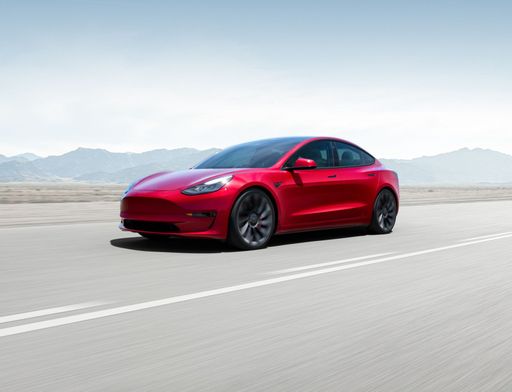
Tesla Model 3
Kia EV3
The Kia EV3 is a testament to innovative design and sustainable driving, featuring a sleek exterior that melds form with function. Inside, the cabin offers a harmonious blend of modern technology and comfort, making every journey enjoyable for both driver and passengers. With its impressive range and eco-friendly credentials, the EV3 positions itself as a competitive player in the evolving landscape of electric vehicles.
details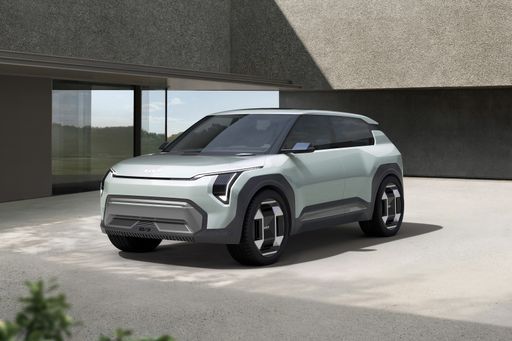 @ kiamedia.com
@ kiamedia.com
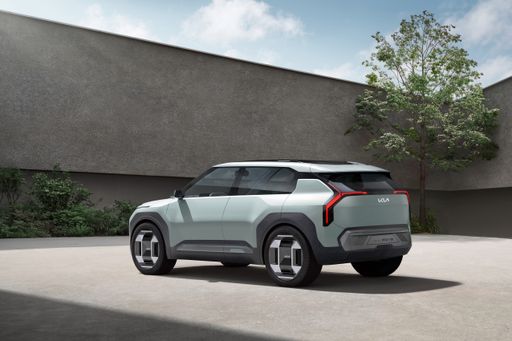 @ kiamedia.com
@ kiamedia.com
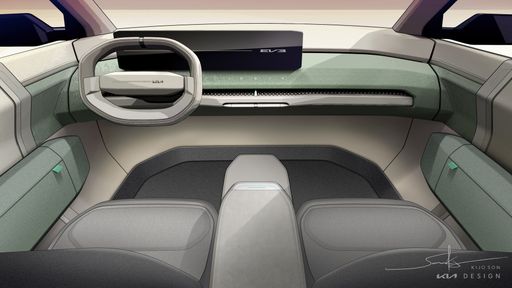 @ kiamedia.com
@ kiamedia.com
Tesla Model 3
The Tesla Model 3 stands out in the electric vehicle market with its sleek design and impressive performance capabilities. It offers a seamless driving experience that combines advanced technology with minimalistic interiors, creating a futuristic feel on the road. Additionally, its range and charging infrastructure make it a practical choice for both city commuting and longer journeys.
details @ tesla.com
@ tesla.com
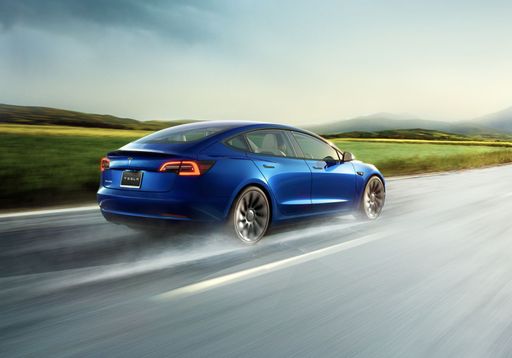 @ tesla.com
@ tesla.com
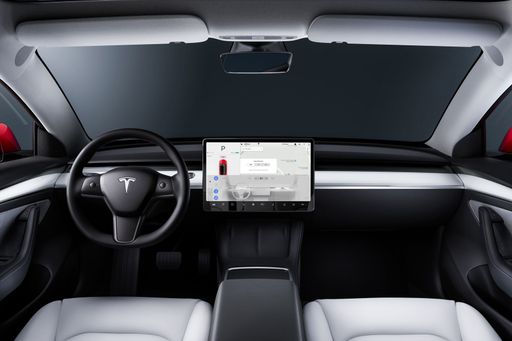 @ tesla.com
@ tesla.com
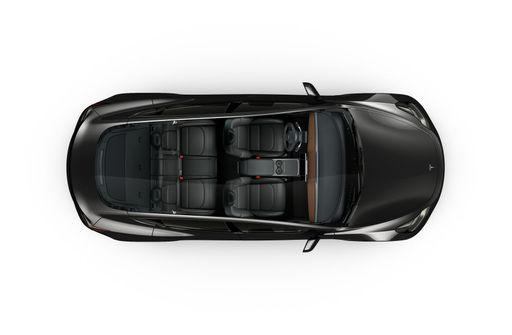 @ tesla.com
@ tesla.com

|

|
|
|
|
Costs and Consumption |
|
|---|---|
|
Price
30800 - 41700 £
|
Price
34300 - 50100 £
|
|
Consumption L/100km
-
|
Consumption L/100km
-
|
|
Consumption kWh/100km
14.9 - 16.2 kWh
|
Consumption kWh/100km
13.2 - 16.7 kWh
|
|
Electric Range
436 - 605 km
|
Electric Range
513 - 702 km
|
|
Battery Capacity
58.3 - 81.4 kWh
|
Battery Capacity
64.5 - 79 kWh
|
|
co2
0 g/km
|
co2
0 g/km
|
|
Fuel tank capacity
-
|
Fuel tank capacity
-
|
Dimensions and Body |
|
|---|---|
|
Body Type
SUV
|
Body Type
Sedan, Hatchback
|
|
Seats
5
|
Seats
5
|
|
Doors
5
|
Doors
4 - 5
|
|
Curb weight
1800 - 1885 kg
|
Curb weight
1822 - 1929 kg
|
|
Trunk capacity
460 L
|
Trunk capacity
594 L
|
|
Length
4300 - 4310 mm
|
Length
4720 - 4724 mm
|
|
Width
1850 mm
|
Width
1850 mm
|
|
Height
1560 - 1570 mm
|
Height
1431 - 1440 mm
|
|
Max trunk capacity
1251 L
|
Max trunk capacity
-
|
|
Payload
470 kg
|
Payload
303 - 333 kg
|
Engine and Performance |
|
|---|---|
|
Engine Type
Electric
|
Engine Type
Electric
|
|
Transmission
Automatic
|
Transmission
Automatic
|
|
Transmission Detail
Reduction Gearbox
|
Transmission Detail
Reduction Gearbox
|
|
Drive Type
Front-Wheel Drive
|
Drive Type
Rear-Wheel Drive, All-Wheel Drive
|
|
Power HP
204 HP
|
Power HP
283 - 460 HP
|
|
Acceleration 0-100km/h
7.5 - 7.9 s
|
Acceleration 0-100km/h
3.1 - 6.1 s
|
|
Max Speed
170 km/h
|
Max Speed
201 - 262 km/h
|
|
Torque
283 Nm
|
Torque
420 - 660 Nm
|
|
Number of Cylinders
-
|
Number of Cylinders
-
|
|
Power kW
150 kW
|
Power kW
208 - 338 kW
|
|
Engine capacity
-
|
Engine capacity
-
|
General |
|
|---|---|
|
Model Year
2024
|
Model Year
2023 - 2024
|
|
CO2 Efficiency Class
A
|
CO2 Efficiency Class
A
|
|
Brand
Kia
|
Brand
Tesla
|
What drive types are available for the Kia EV3?
The Kia EV3 is offered with Front-Wheel Drive.
The prices and data displayed are estimates based on German list prices and may vary by country. This information is not legally binding.
